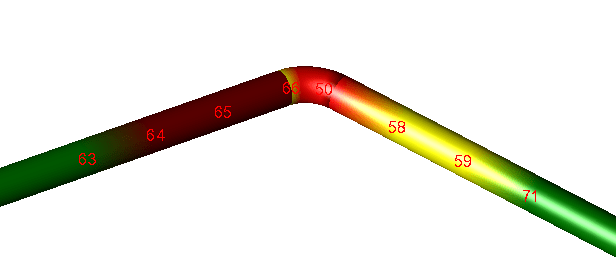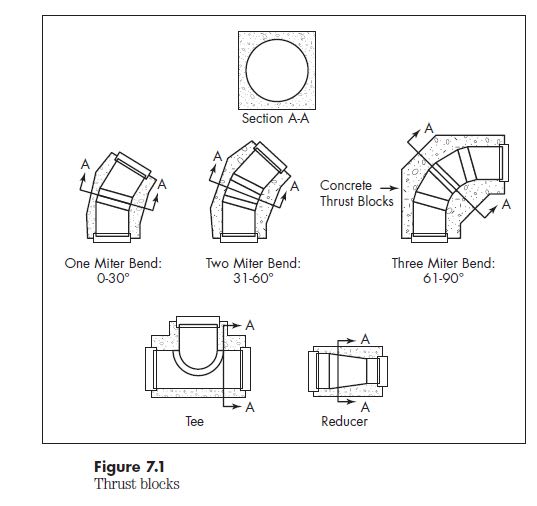First, I believe that the OP has some sort of thermal bending stress problem as per his piping stress analysis program. We really have no way of knowing what program he is using or if his model is correct. We do not know if and how the piping is restrained by expanding against the soil (which I suspect) or if the piping has an insulating jacket, which can mitigate the calculated bending stresses. As is typical from NEWBIE piping stress analysts, we just do not know....
Second, the use of thrust blocks on underground GRE piping is not appropriate for systems subject to thermal expansion. They may be needed to resist pressure loadings on the joints and keep the system together, but they do not solve thermal expansion issues
Thirdly, I suggest that the origin of the problem lies with MBA selection of low-cost GRP piping without Management consideration of the total installed cost.
I have seen this time and time again ...
MBAs/PMPs and Project accountants consider
ONLY the cost of GRP piping and ignore/forget the cost of thrust blocks.
Then, either the field forces screw up the blocks, do not want to put them in, or the engineers add many more underground piping systems.
The proper and lowest cost solution is probably a
Ductile Iron Piping System with retrained joints (Such as a MEGALUG system ... there are others)
Made in the USA
(But the Chinese are rapidly developing a cheap, defective knock off)
MJCronin
Sr. Process Engineer




